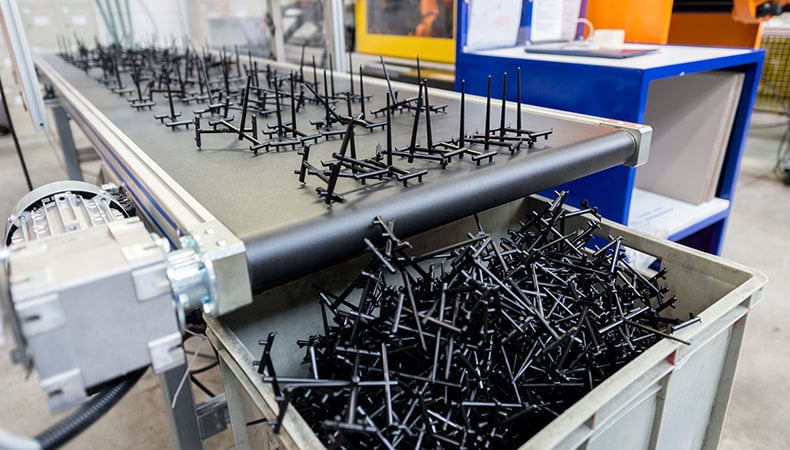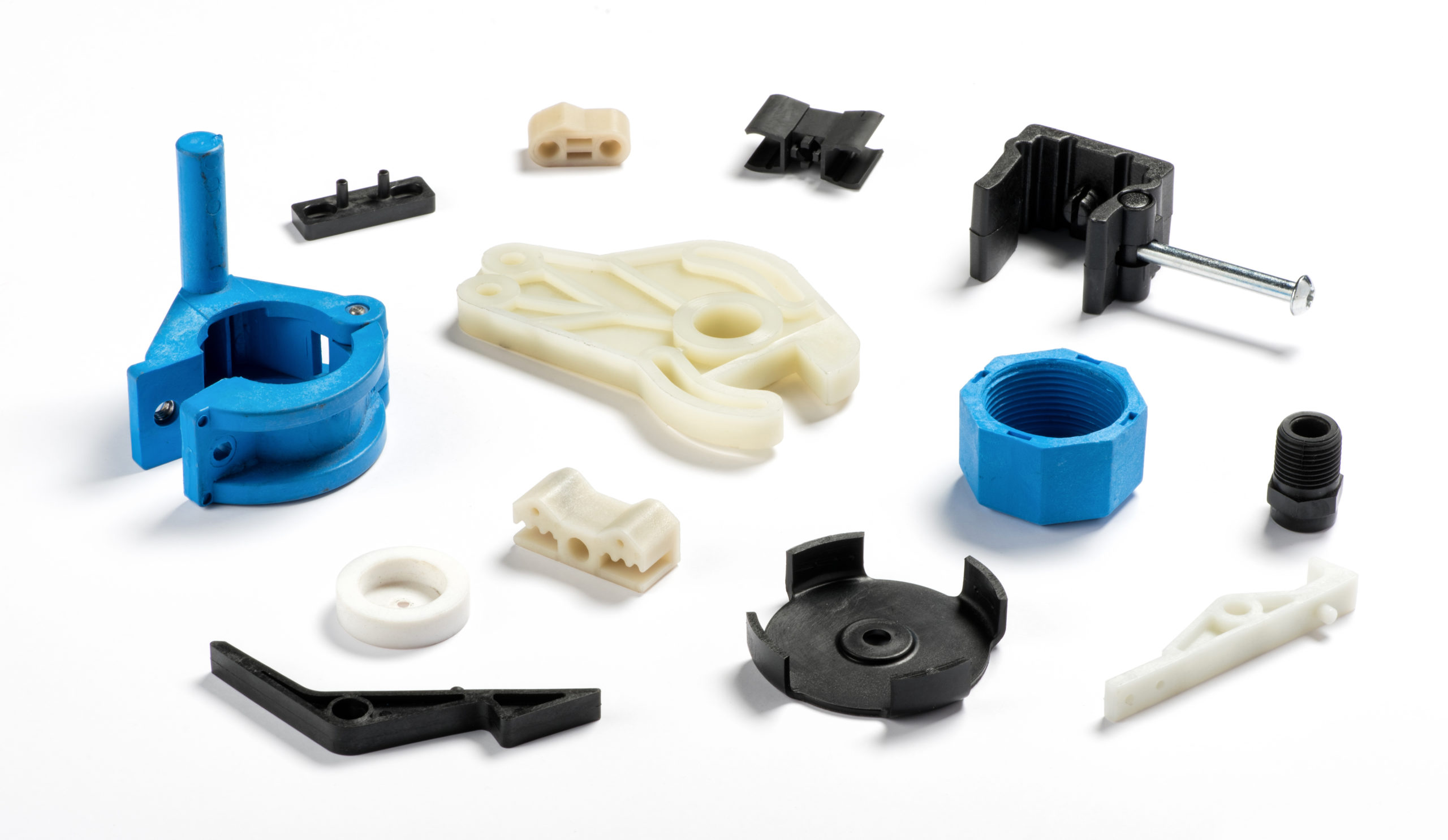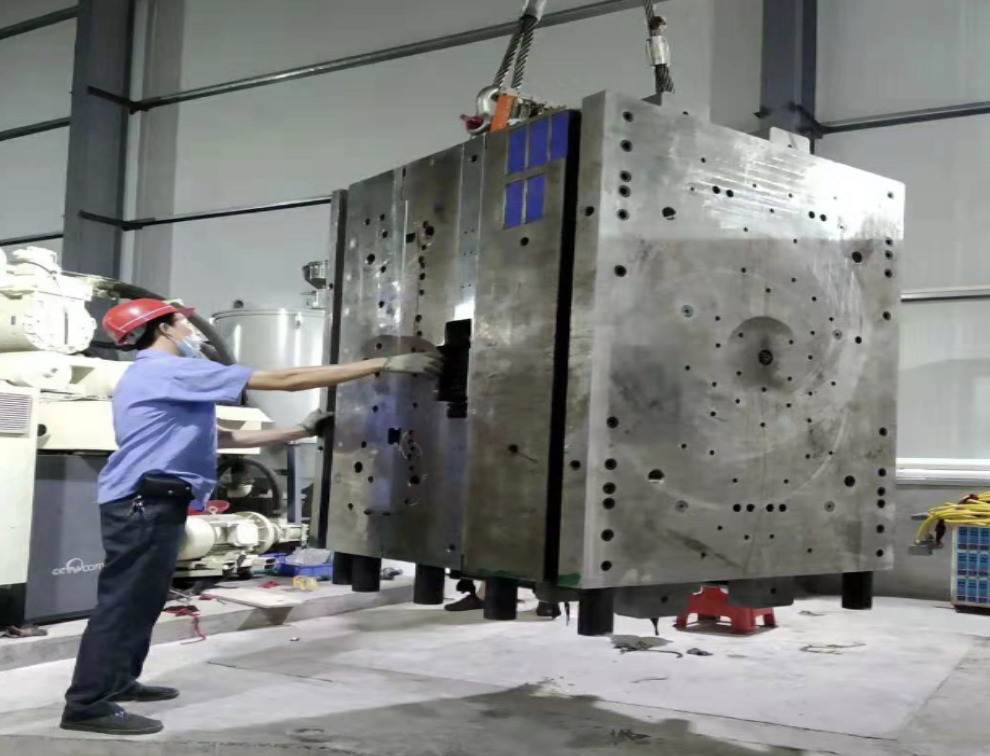Enhancing Item Advancement with Advanced Plastic Injection Molding Solutions
Enhancing Item Advancement with Advanced Plastic Injection Molding Solutions
Blog Article
Recognizing the Fundamentals of Plastic Injection Molding Procedures
Plastic injection molding acts as a keystone of modern production, providing a systematic technique to creating complex elements with precision. This procedure not only encompasses the basic actions of melting and infusing products right into molds but additionally entails a nuanced understanding of different influencing elements, such as temperature level and pressure. As industries significantly require efficiency and high quality, the complexities of this methodology become extra important. Exploring these essential aspects can reveal exactly how even minor changes can cause substantial improvements in production outcomes, questioning regarding the potential for development in this established process.
What Is Plastic Injection Molding?
Plastic injection molding is an extensively utilized production process that transforms polycarbonate and thermosetting materials into exact and complex shapes. This strategy is preferred for its capability to create high quantities of the same components with outstanding accuracy, making it an indispensable approach in various markets, consisting of automobile, durable goods, and medical tools.
The procedure entails thawing the chosen plastic product and infusing it into a mold and mildew under high stress. The mold, developed to the requirements of the desired part, allows the molten plastic to form as it solidifies and cools down. Once the product has actually solidified, the mold and mildew is opened up, and the ended up part is expelled.
Plastic injection molding supplies numerous benefits, consisting of decreased waste, uniformity in production, and the capability to include detailed layouts that might be challenging with various other manufacturing techniques. Additionally, it sustains a broad variety of materials, each offering special residential properties that can be customized for particular applications. As industries continue to introduce, plastic injection molding continues to be at the forefront, enabling the development of sophisticated products that fulfill advancing customer demands.
The Shot Molding Refine
The shot molding procedure is a sophisticated strategy that involves numerous key phases to generate top notch plastic parts. Plastic pellets are fed right into a warmed barrel where they are thawed right into a thick liquid. This molten plastic is after that infused under high stress into a precision-engineered mold, which shapes the material into the wanted type.
As soon as the mold and mildew is filled up, the plastic is permitted to solidify and cool down, taking the shape of the mold and mildew cavity. Cooling time is critical, as it impacts the cycle time and the final residential properties of the shaped part. After enough air conditioning, the mold and mildew opens, and the ended up part is expelled using ejector pins.

Products Utilized in Shot Molding
Numerous materials can be used in the shot molding process, each offering unique homes that satisfy details applications. The most typically utilized products include thermoplastics, thermosetting plastics, and elastomers.

Thermosetting plastics, like epoxy and phenolic materials, undertake a chemical change during the curing process, causing an inflexible, stringent structure. These materials are suitable for applications requiring high heat resistance and architectural stability, typically used in electric insulators and automotive components.
Elastomers, consisting of silicone and rubber-based products, give adaptability and strength. Their special buildings make them appropriate for applications that require flexibility, such as gaskets and seals.
In addition, specialty products like bio-based plastics and compounds are acquiring grip for their ecological have a peek here benefits and boosted efficiency qualities, broadening the extent of shot molding applications in various industries. Understanding the homes of these materials is crucial for selecting the ideal type for details tasks.
Advantages of Shot Molding
Shot molding attracts attention as a very efficient manufacturing process that provides many benefits for producing intricate parts with accuracy. Among one of the most significant advantages is the capacity to create complex styles that would be difficult or impossible to achieve with other approaches (Plastic Injection Molding). The process allows for comprehensive features and limited tolerances, making certain top quality components
Additionally, shot molding is recognized for its quick manufacturing capacities, making it a perfect selection for high-volume production. Once the mold and mildew is developed, parts can be generated rapidly, lowering preparations and boosting overall efficiency. This efficiency not just reduces production expenses but additionally gives an one-upmanship out there.
The flexibility of products used in shot molding further enhances its appeal. A variety of thermoplastics and thermosetting polymers can be used, allowing suppliers to choose materials that finest satisfy their certain demands, consisting of stamina, warmth, and flexibility resistance.
In addition, the process reduces waste, as excess material can usually be reused and recycled. This sustainability aspect adds to a minimized ecological influence, making injection molding a responsible production choice. Generally, the benefits of injection molding make it a recommended method for numerous industries.
Variables Impacting Item Quality
While many factors can affect item top quality in injection molding, comprehending these aspects is crucial for attaining optimum results. Trick aspects include product option, refining criteria, and mold style.
Product selection plays an essential function, as different polymers display special buildings that influence flowability, strength, and thermal security. Inadequate material selection can cause issues such as warping or incomplete dental filling.
Handling specifications, consisting of pressure, temperature, and cycle time, should be meticulously controlled. Variants in these setups can result in disparities partly measurements and surface coating. For example, exceedingly heats may trigger degradation of the polymer, while inadequate pressure can cause brief shots.
Mold and mildew style is similarly vital, as it determines the flow of the molten plastic and the cooling procedure. Poorly developed mold and mildews might lead to unequal air conditioning rates, causing dimensional mistakes and recurring tensions.

Final Thought
To conclude, plastic click here to find out more shot molding serves as a critical manufacturing procedure that allows the reliable manufacturing of top notch parts. Proficiency of the injection molding procedure, including the understanding of products and the influence of various aspects on item high quality, is necessary for achieving optimum results. The advantages of this method, such as cost-effectiveness and design flexibility, additional highlight its value across numerous markets, strengthening its condition official site as a preferred selection for high-volume production.
Plastic injection molding offers as a keystone of modern production, providing a methodical approach to producing complicated parts with accuracy.Plastic injection molding supplies several benefits, including lowered waste, consistency in production, and the capability to integrate elaborate layouts that might be testing with various other manufacturing methods (Plastic Injection Molding). As industries continue to introduce, plastic injection molding stays at the forefront, making it possible for the advancement of advanced products that satisfy progressing consumer demands
The injection molding procedure is an advanced method that includes a number of crucial phases to produce high-quality plastic elements.In conclusion, plastic injection molding offers as a crucial production process that enables the efficient manufacturing of high-grade elements.
Report this page